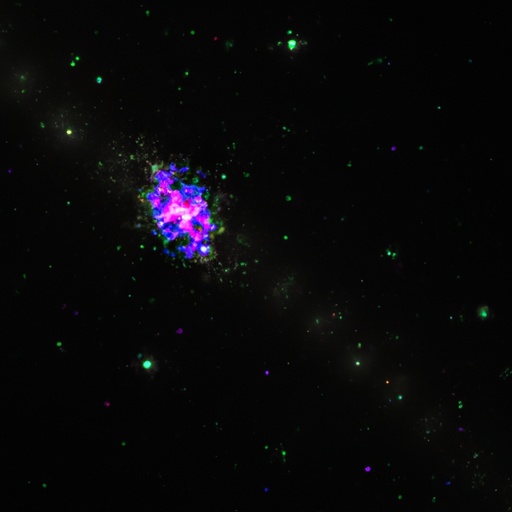Exploring the Leading Dark Matter Candidates
Dark matter is a fundamental component of our universe, but despite its ubiquitous presence, it remains one of the greatest mysteries in modern science. Astronomers and physicists are on a constant quest to understand the properties of dark matter and identify its fundamental particles. In this blog, we will explore the leading candidates for dark matter and the ongoing efforts to detect them.
The Standard Model of particle physics is the most successful framework for understanding the properties of particles that make up our universe. However, the Standard Model only accounts for about 5% of the total matter and energy in the universe. The remaining 95% is made up of dark matter and dark energy. While dark energy is thought to be responsible for the accelerating expansion of the universe, dark matter is believed to play a crucial role in the formation and evolution of galaxies and galaxy clusters.
One of the leading candidates for dark matter is the Weakly Interacting Massive Particle (WIMP). WIMPs are theoretical particles that interact with ordinary matter only through the weak nuclear force and gravity. They are predicted to have a mass similar to that of a proton and a very low interaction cross-section, which makes them very difficult to detect.
Several experiments have been designed to detect WIMPs directly. The most sensitive of these is the Large Underground Xenon (LUX) experiment, which uses a tank of liquid xenon to detect the faint signal of a WIMP interacting with a xenon nucleus. Another experiment, the Cryogenic Dark Matter Search (CDMS), uses a similar approach but with a different target material, germanium.
Axions are another class of particles that are candidates for dark matter. They are hypothetical particles that were originally proposed to solve a problem in quantum chromodynamics, the theory of the strong nuclear force. However, axions also have the properties required to be dark matter particles. They are predicted to have a mass much smaller than that of a proton and interact very weakly with ordinary matter.
The Axion Dark Matter Experiment (ADMX) is designed to detect axions indirectly by using a strong magnetic field to convert them into microwave photons. The experiment is ongoing, and the latest results have placed new constraints on the possible mass range of axions.
Other candidates for dark matter include sterile neutrinos, primordial black holes, and weakly interacting massive bosons (WIMBs). However, much more research and experimentation are required to fully understand the properties of these particles and their potential as dark matter candidates.
In conclusion, the search for dark matter candidates is an ongoing and exciting area of research in particle physics and astrophysics. While the properties of dark matter remain elusive, the efforts to understand this mysterious substance continue to push the boundaries of our knowledge of the universe.
Visit our Sites:
For more content on astronomy, check out my blog.

